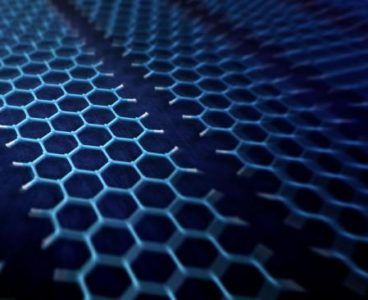Graphene comes up big to increase the lifetime of photocathodes, which convert light to electricity in accelerators and other physics experiments. Jared Sagoff, Argonne National Laboratory Transforming light into electricity is no mean feat. Some devices, like solar cells, use a closed circuit to generate an electric current from incoming light. But another class of…
Tricking Photosensors into Working Better
Particle physicists are on the hunt for light. Not just any light, but a characteristic signal produced by the interaction of certain particles — like ghostly neutrinos, which are neutral fundamental particles with very low mass — with a detector that contains an atomic sea of liquefied noble gases. Even if it were brighter, this…
Avoid the Trap
When a solar cell absorbs a photon of light, it starts an electronic race against time. Two particles — a negatively charged electron and positively charged “hole” — generate electricity if they fully separate. However, when these particles become trapped within a solar material before they can fully separate, it can diminish the ability of…
Novel Technique Gauges Nanowire Growth
In a new study, researchers from the U.S. Department of Energy’s (DOE) Argonne and Brookhaven National Laboratories observed the formation of two kinds of defects in individual nanowires, which are smaller in diameter than a human hair. These nanowires, made of indium gallium arsenide, could be useful for a wide range of applications in a…
Puddle of Electrons Resembles Figure Skaters
Olympic figure skaters and electrons have a lot in common. In figure skating competitions, the “free skate” segment gives the skater the flexibility to travel in whichever pattern he or she chooses around the rink. Similarly, in metals, electrons in outer orbitals can wander fairly freely. However, when the magnetic field is increased dramatically, researchers…
Data Storage Study is Ahead of the Curve
When a baseball pitcher uncorks a nasty curveball, the spinning motion of the ball forces air to flow around it at different speeds, causing the ball to “break” in one direction. The physics behind this kind of deflection also work at smaller scales. For certain physical systems at the atomic level, a similar phenomenon occurs.…
Molecular Explosions Explored with Innovative X-ray Technique
Summer blockbuster season is upon us, which means plenty of fast-paced films with lots of action. However, these aren’t new releases from Hollywood studios; they’re one type of new “movies” of atomic-level explosions that can give scientists new information about how X-rays interact with molecules. A team led by researchers from the U.S. Department of…

